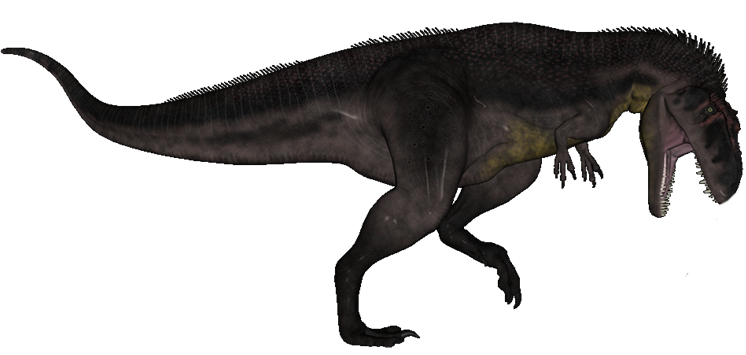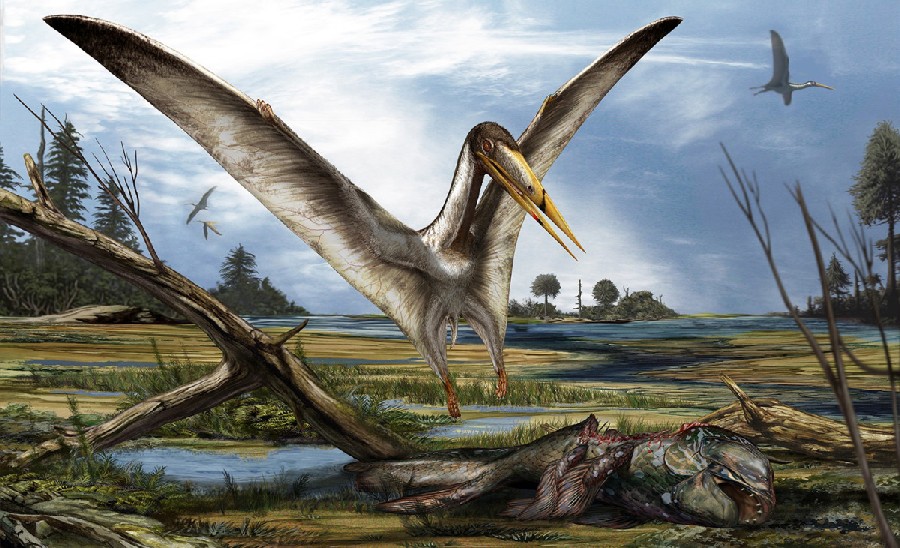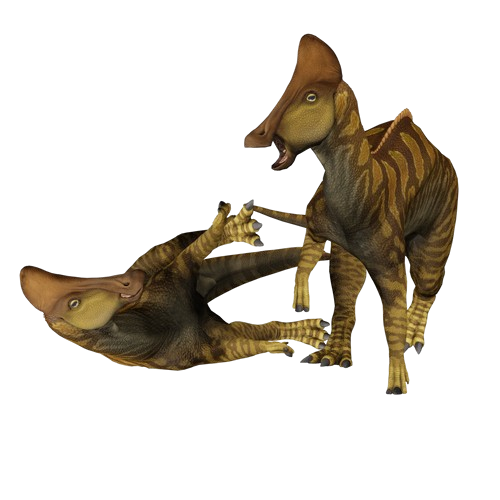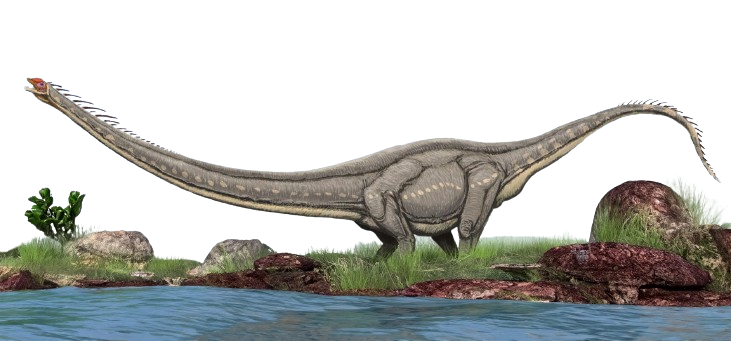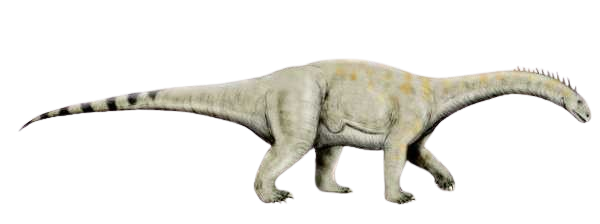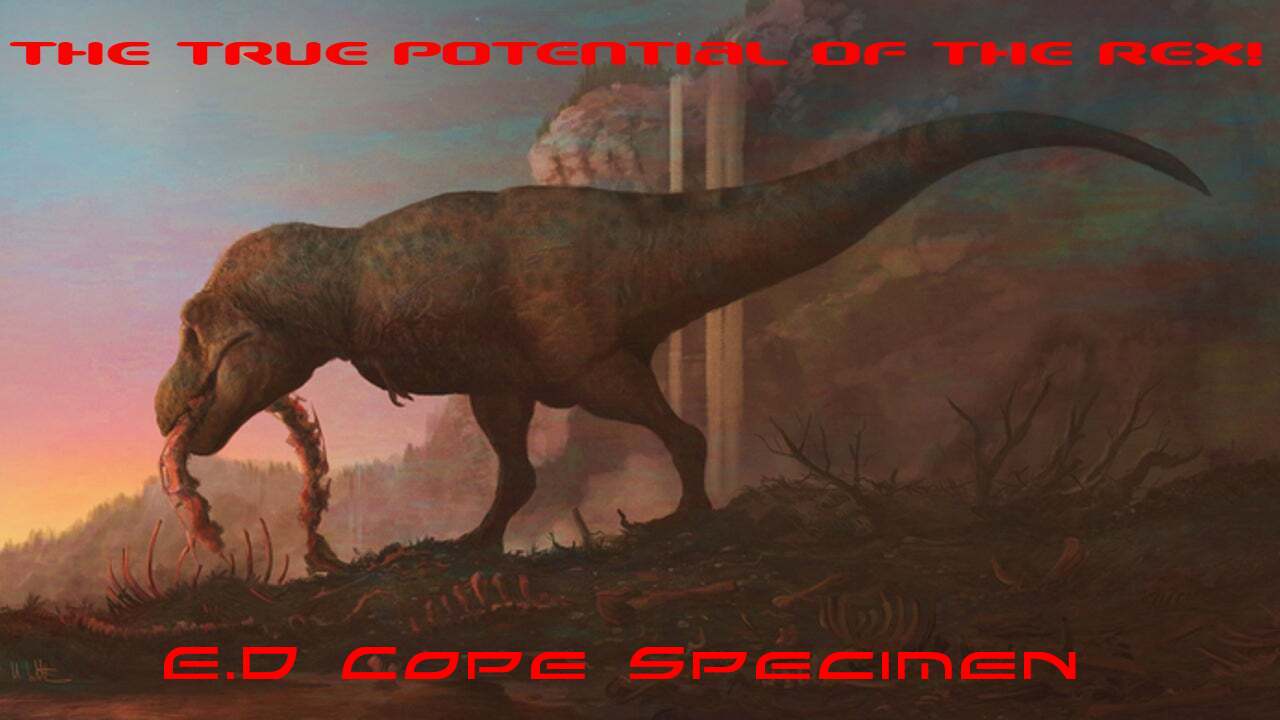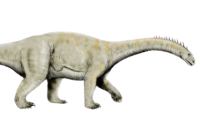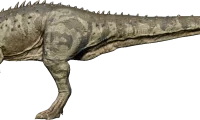ny paleontologist worth his salt cannot ignore the formidable presence of Tyrannotitan, a member of the Carcharodontosaurid family. This majestic carnivorous dinosaur, a close kin to Acrocanthosaurus, Giganotosaurus, Carcharodontosaurus, and Mapusaurus, once roamed the vast landscapes 🌄 of Argentina during the early Cretaceous period, approximately 100 to 125 million years ago.
Among its notable relatives, Tyrannotitan holds a special place as the precursor to Giganotosaurus, showcasing a lineage of awe-inspiring predators. Unlike its descendants, Tyrannotitan left its mark in the fossil 🧬record as a creature with a penchant for devouring giant sauropods, including the likes of Amargasaurus. The Cretaceous world saw Tyrannotitan as a grand patriarch, dominating its ecological niche with prowess and strength.
A significant aspect of Tyrannotitan’s predatory success lies in its powerful bite 🦷, which surpassed even the formidable Mapusaurus and Giganotosaurus. This potent bite force, coupled with an acute sense of smell, equipped Tyrannotitan to efficiently locate, engage, and subdue its prey. The combination of these adaptations underscores the evolutionary arms race that occurred among the apex predators of the time.
The environmental context in which Tyrannotitan thrived adds another layer to its intriguing story. Sporting a dark hue, it is likely that Tyrannotitan adapted to habitats close to swamps and rivers. This coloration might have served multiple purposes, including thermoregulation and camouflage. The proximity to water bodies offered not only a means of cooling but also presented opportunities for ambush hunting.
In these lush environments, Tyrannotitan encountered a variety of prey, with sauropods often seeking refuge in rivers for cooling. The dexterity afforded by its keen sense of smell and powerful bite allowed Tyrannotitan to navigate both land and water ecosystems, making it a formidable and adaptable apex predator.
As we continue to uncover the secrets of Tyrannotitan’s existence, the fossils unearthed in Argentina stand as invaluable pieces of a prehistoric puzzle. The legacy of this grand-dad to Giganotosaurus serves as a testament to the diversity and evolutionary marvels that once graced our planet during the epoch of the dinosaurs.


